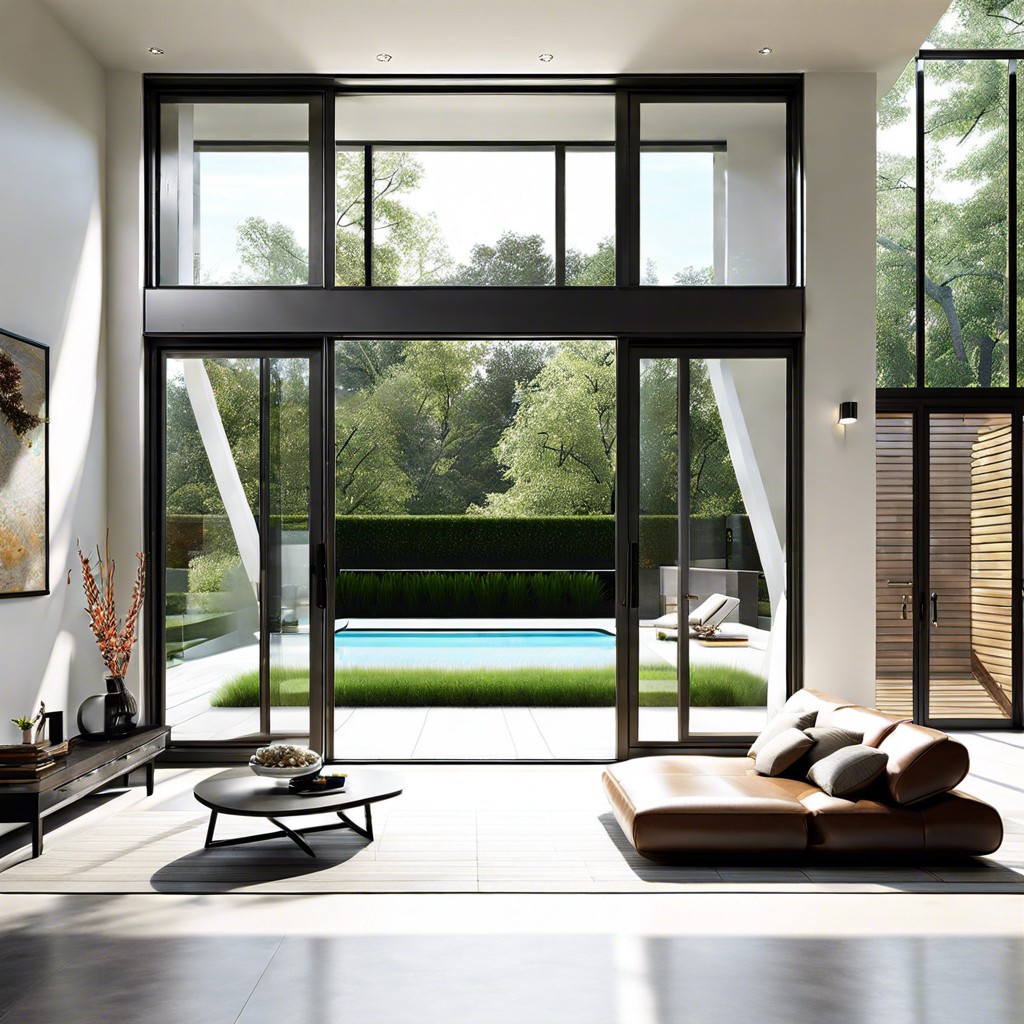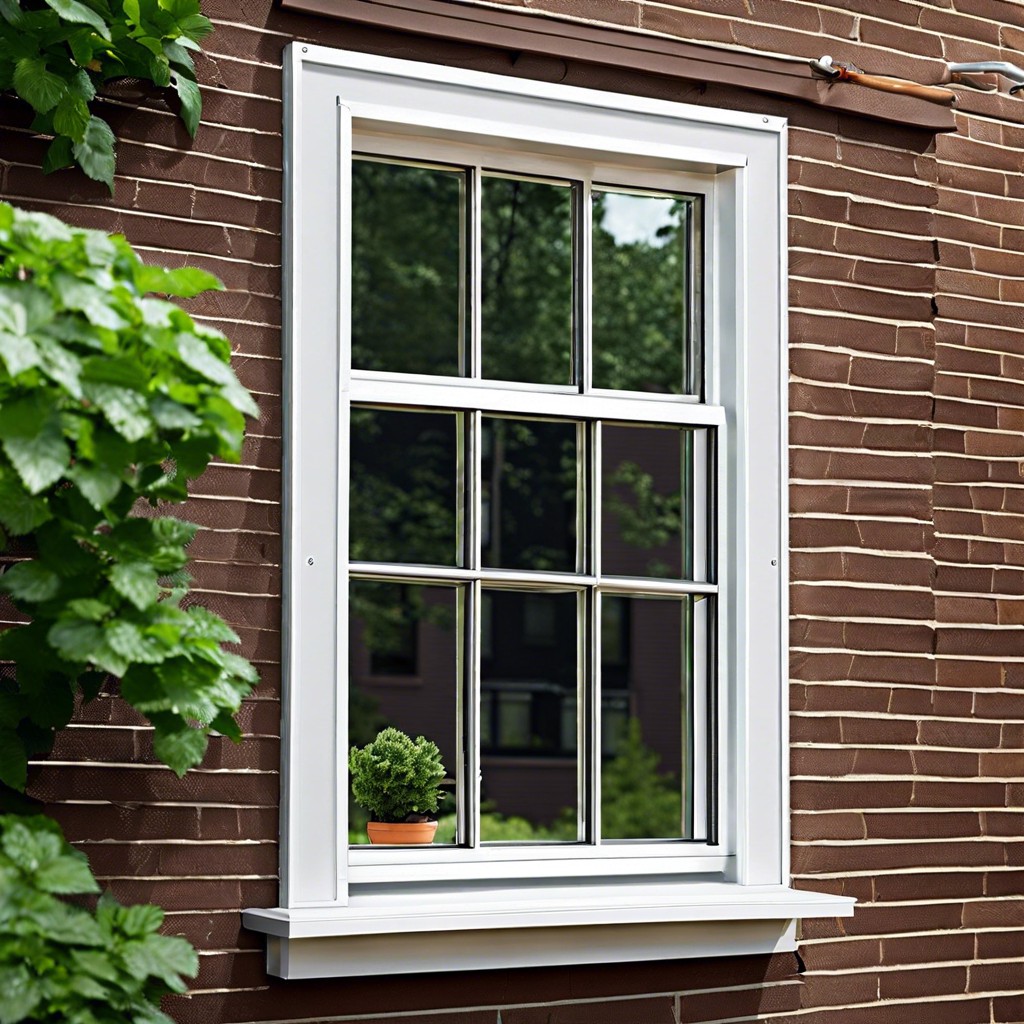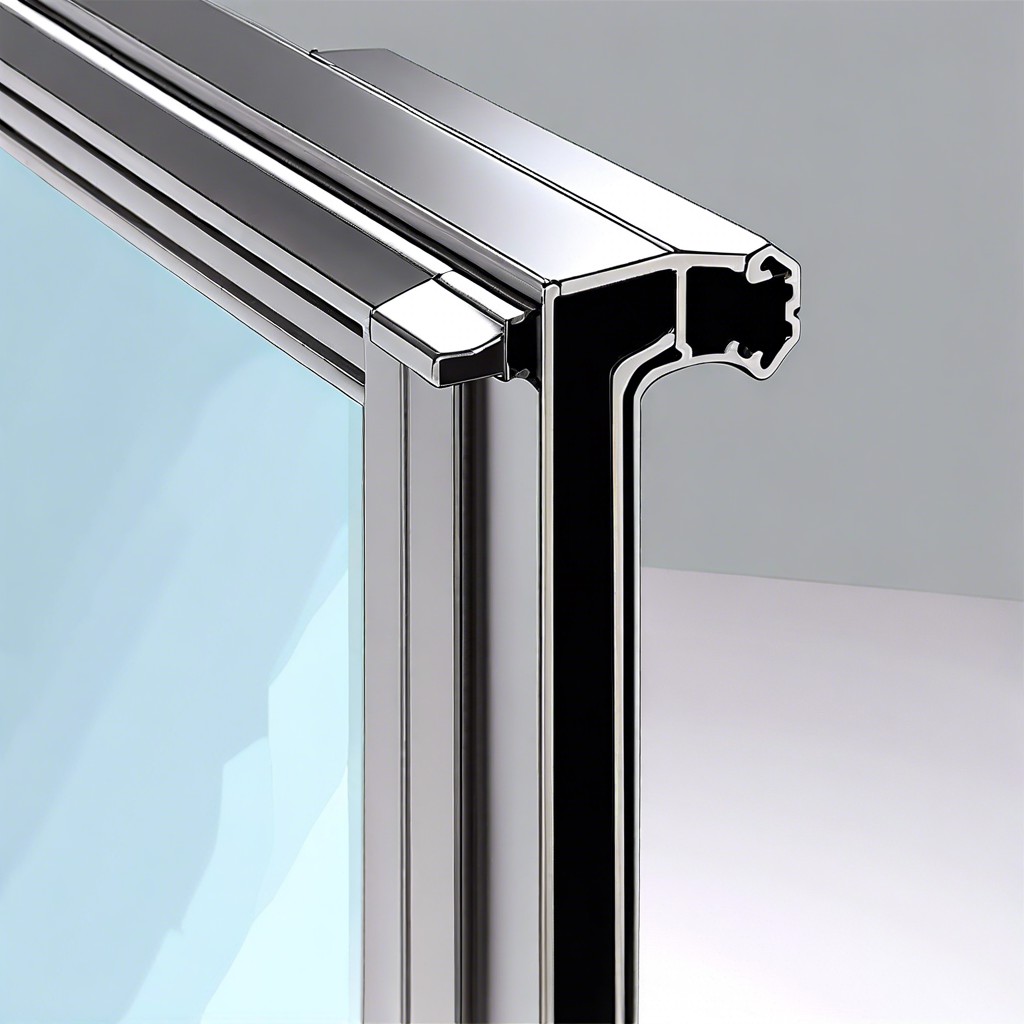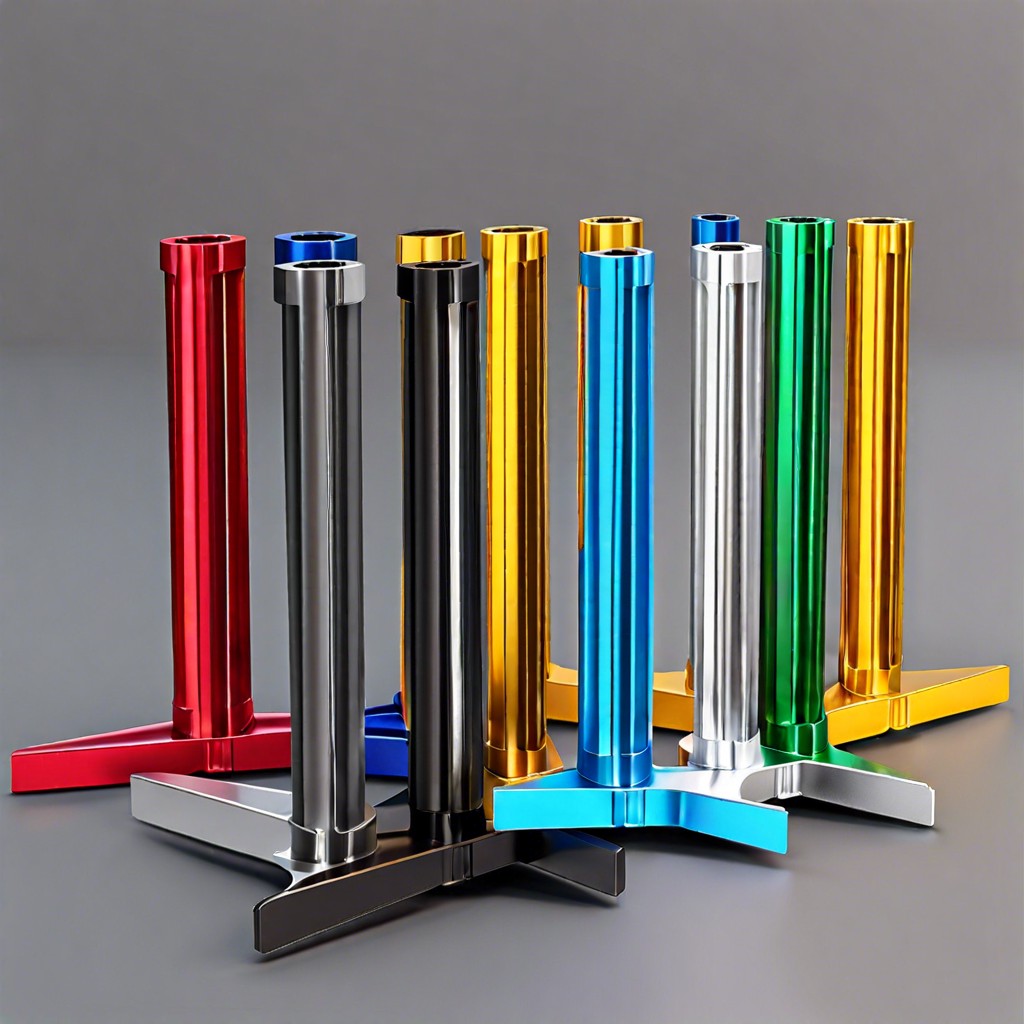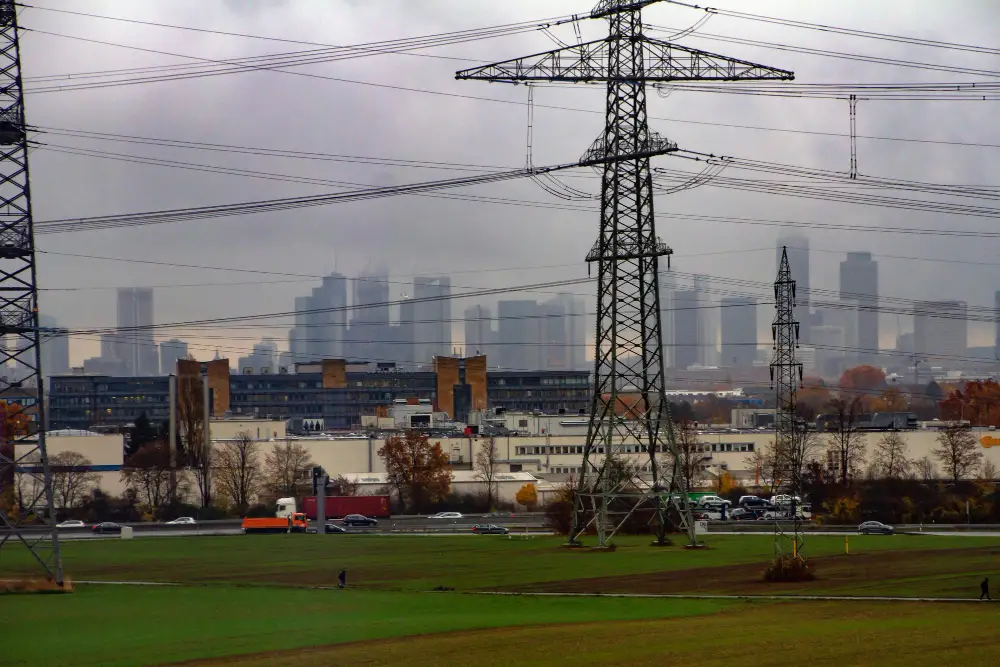Boost the sustainability of your commercial building with energy-efficient windows – and I’ll show you how!
As I walked into the sleek, modern office building, I couldn’t help but notice the floor-to-ceiling windows that lined its walls. They provided a stunning view of the city skyline and allowed natural light to flood into the space.
However, as I sat down to discuss energy efficiency with the building’s owner, it became clear that these windows were not just for aesthetic purposes.
There has been a growing trend towards sustainable buildings and reducing carbon footprints in recent years. As a blogger who writes about house windows, I have seen firsthand how window technology has evolved to meet this demand.
Commercial buildings are no exception – they have an even greater responsibility to minimize their environmental impact due to their larger size and energy consumption.
In this blog post, we’ll discuss energy-efficient windows for commercial buildings – how they work and why they’re so important for boosting sustainability efforts. Let’s dive in!
Energy Efficiency Benefits
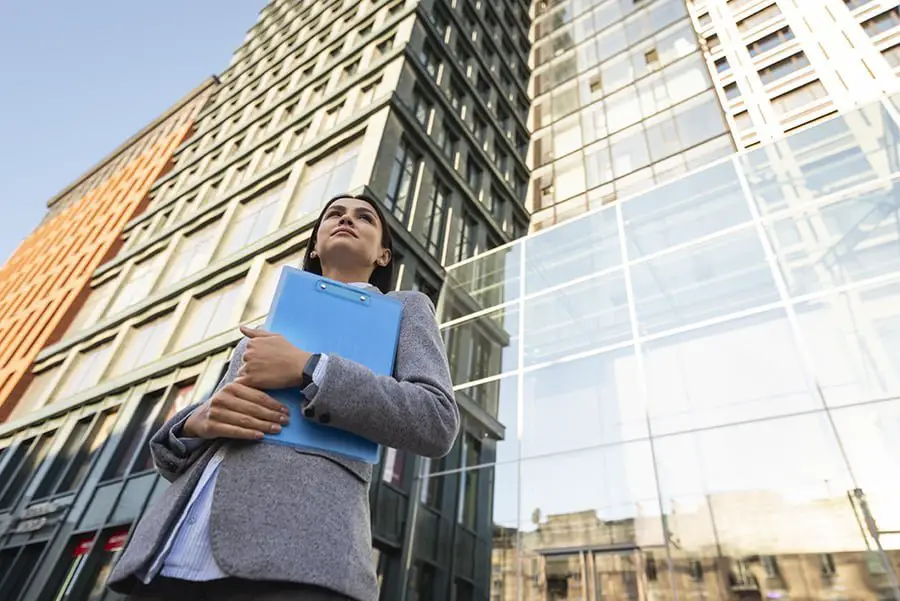
As I sat down with the building owner, he explained to me how energy-efficient windows have been a game-changer for his business. Not only do they help reduce energy consumption and lower utility bills, but they also improve the overall comfort of the building’s occupants.
Energy-efficient windows work by using advanced technology to minimize heat transfer between indoors and outdoors. This means that during hot summer months, less heat enters through the glass panes, keeping indoor temperatures cooler without relying on air conditioning systems.
Similarly, in winter months, when it’s cold outside, these windows prevent warm air from escaping through them – reducing heating costs. But beyond just cost savings for businesses and their tenants or employees alike, there are environmental benefits too!
By reducing energy usage in commercial buildings, we can significantly decrease greenhouse gas emissions which contribute to climate change – making our planet healthier for future generations.
In short: Energy efficient windows save money and promote sustainability efforts by minimizing carbon footprint- something every business should consider as part of its corporate social responsibility (CSR) strategy.
Sustainable Window Materials
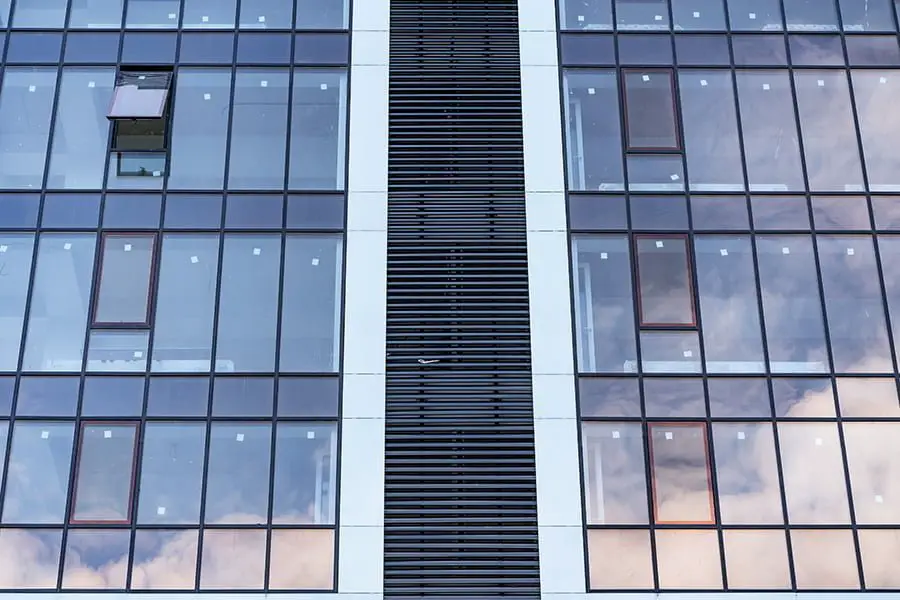
Traditional windows are often made with materials like aluminum or vinyl, which have negative environmental impacts during production and disposal.
However, newer options like fiberglass or wood-clad windows offer better insulation properties and are more environmentally friendly. Fiberglass is made from recycled glass fibers and resin – it’s durable yet lightweight and has excellent thermal performance.
Wood-clad windows combine the natural beauty of wood on the interior with low-maintenance exterior cladding for added protection against weathering.
By choosing sustainable window materials for their commercial building project, my client would reduce their carbon footprint and contribute towards creating a healthier environment for future generations.
Glazing Technologies
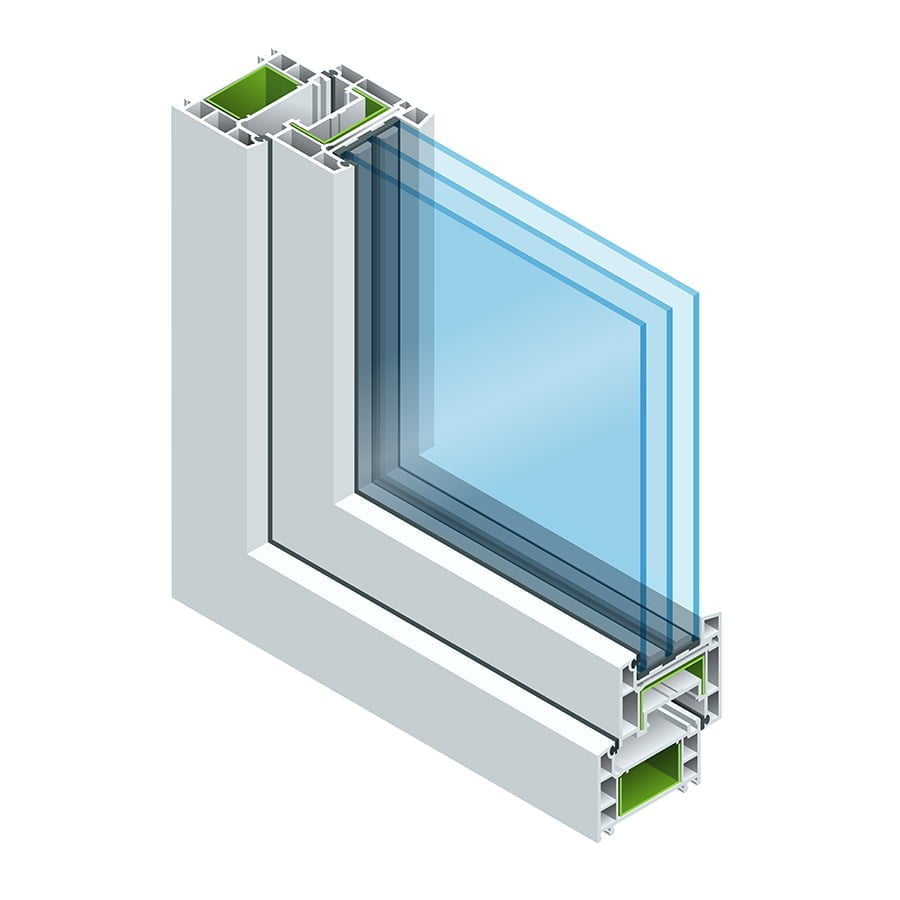
Glazing technology is one of the most critical factors in energy-efficient windows for commercial buildings. Glazing refers to the glass used in a window, and there are several types available that can significantly impact a building’s energy efficiency.
As I spoke with the building owner about their current windows, they mentioned they had single-pane glass throughout. This type of glazing is not very efficient at insulating against heat transfer and can lead to significant energy loss through conduction.
I explained how double-paned or triple-paned glass could greatly improve its insulation capabilities by creating an air pocket between each pane. This trapped air acts as an additional layer of insulation, reducing heat transfer and keeping indoor temperatures more consistent.
Low-emissivity (low-e) coatings on these panes can further enhance their performance by reflecting infrared radiation back into the room while allowing visible light to pass through. This means less solar heat gain during hot summer months but still allows natural light into space – perfect for this modern office building!
By upgrading their glazing technology from single-pane to double or triple-pane with low-e coatings, this commercial building could see significant reductions in its heating and cooling costs while also contributing towards sustainability efforts – all thanks to innovative window technologies!
Insulation Innovations
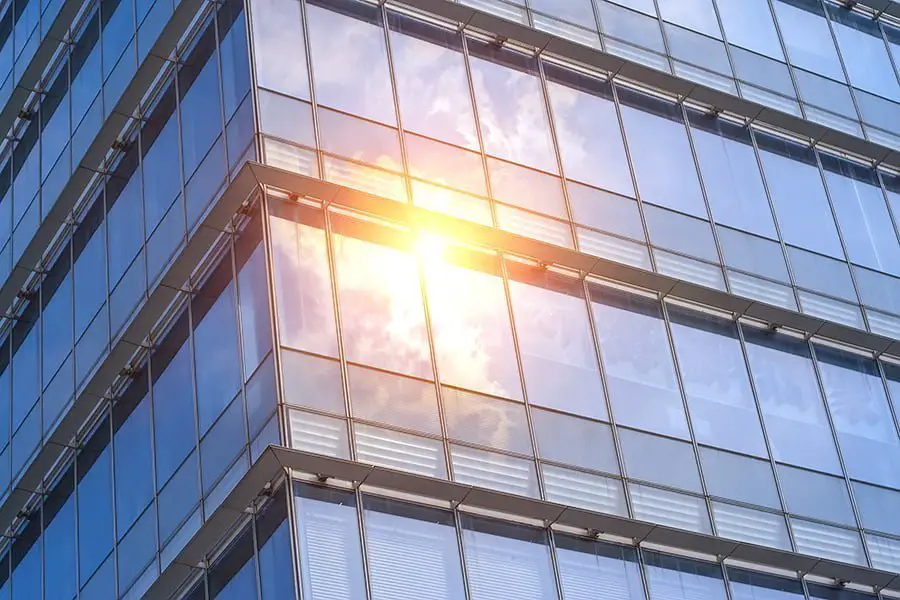
Improved insulation is one of the most significant innovations in energy-efficient windows for commercial buildings. As I sat with the building owner, he explained how their new windows were designed to keep heat inside during winter and outside during summer months.
This reduced their heating and cooling costs and made the building more comfortable for its occupants.
The insulation technology used in these windows is called Low-E (low emissivity) glass, which has a thin metallic coating that reflects heat back into the room while allowing natural light to pass through. Some manufacturers use argon gas between panes of glass to further improve insulation.
But it’s not just about keeping heat inside or outside – proper ventilation is also crucial for maintaining a healthy indoor environment.
That’s why many energy-efficient window designs include operable vents or tilt-and-turn mechanisms that allow fresh air to circulate without compromising thermal performance.
These innovative technologies are making it easier than ever before for commercial buildings to reduce their carbon footprint while still providing a comfortable workspace for employees and visitors alike.
Solar Control Solutions
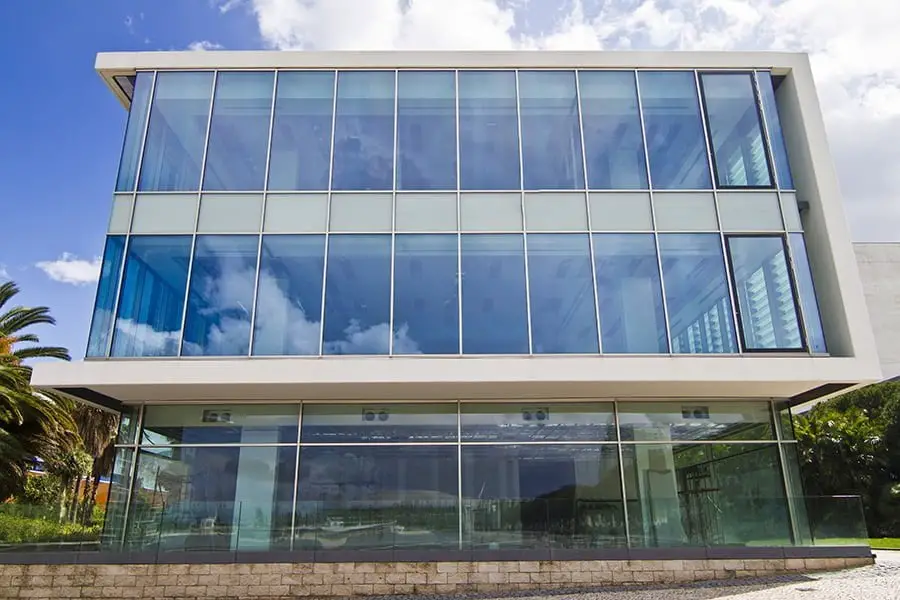
One of the key features of energy-efficient windows for commercial buildings is their ability to control solar heat gain. Solar control solutions are a great way to achieve both goals.
These solutions include low-emissivity (low-e) coatings and tinted glass that can reduce the amount of solar radiation entering a building without compromising natural light levels. This means that less heat will enter through the windows during hot summer months, keeping indoor temperatures cooler and reducing reliance on air conditioning systems.
But what about winter? The same technology works in reverse – low-e coatings can reflect radiant heat back into a room instead of letting it escape through window panes. This helps maintain warmer indoor temperatures during colder months and reduces heating costs.
Solar control solutions improve comfort levels for occupants and contribute significantly towards sustainability efforts by lowering energy consumption throughout all seasons.
Natural Ventilation Systems
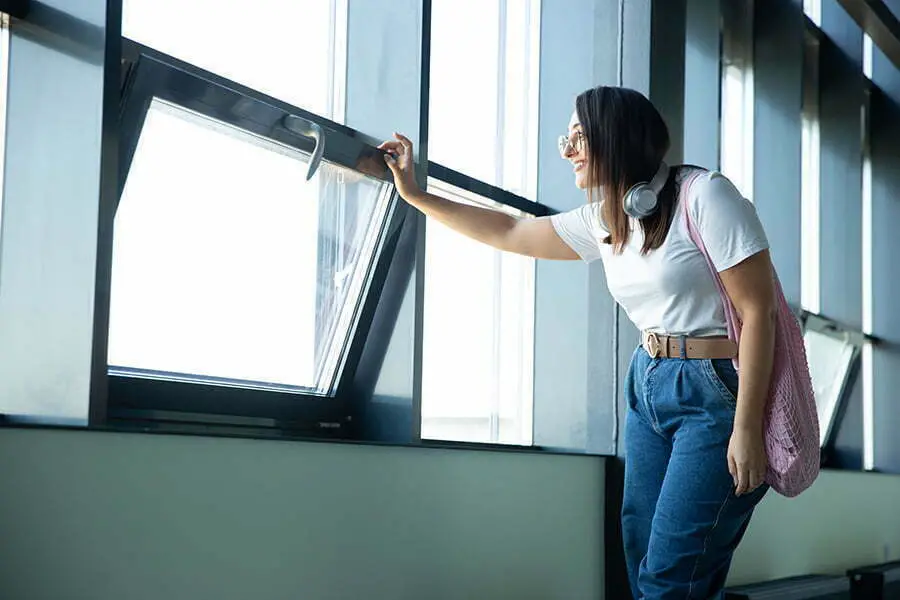
Natural ventilation reduces energy consumption and improves indoor air quality and occupant comfort. By strategically placing operable windows and vents, buildings can use natural airflow patterns to regulate temperature and humidity levels.
In addition to being environmentally friendly, this approach can lead to cost savings in HVAC maintenance and operation. It’s just one example of how combining different sustainable technologies can significantly impact overall efficiency.
When it comes to commercial buildings, every little bit counts towards reducing their carbon footprint – from choosing eco-friendly materials during construction to implementing smart technology solutions like energy-efficient windows and natural ventilation systems.
Green Building Certifications
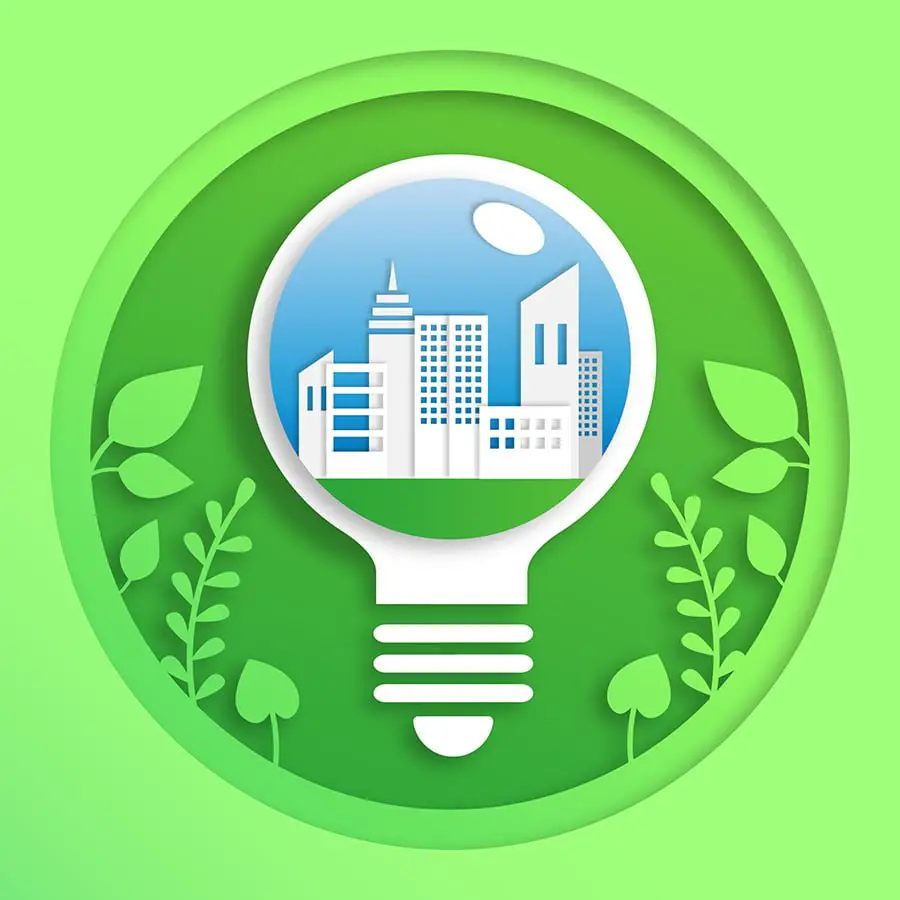
One way that commercial buildings can demonstrate their commitment to sustainability is by obtaining green building certifications. These certifications are awarded to buildings that meet specific environmental standards, such as energy efficiency and water conservation.
LEED certification is just one example of a green building certification program, but it’s widely recognized as one of the most rigorous. Buildings must earn points across several categories – including sustainable sites, water efficiency, indoor air quality, and innovation in design – to achieve different levels of certification.
Energy-efficient windows are essential in earning these points because they help reduce a building’s overall energy consumption. By keeping heat inside during winter months or reflecting sunlight away during summer months (depending on the climate), these windows can significantly lower heating/cooling costs while also reducing greenhouse gas emissions from power plants supplying electricity for HVAC systems.
In short, if you’re looking for ways to boost your commercial property’s sustainability efforts while saving money on utility bills over time, investing in high-quality energy-efficient windows should be top-of-mind!
Recap
